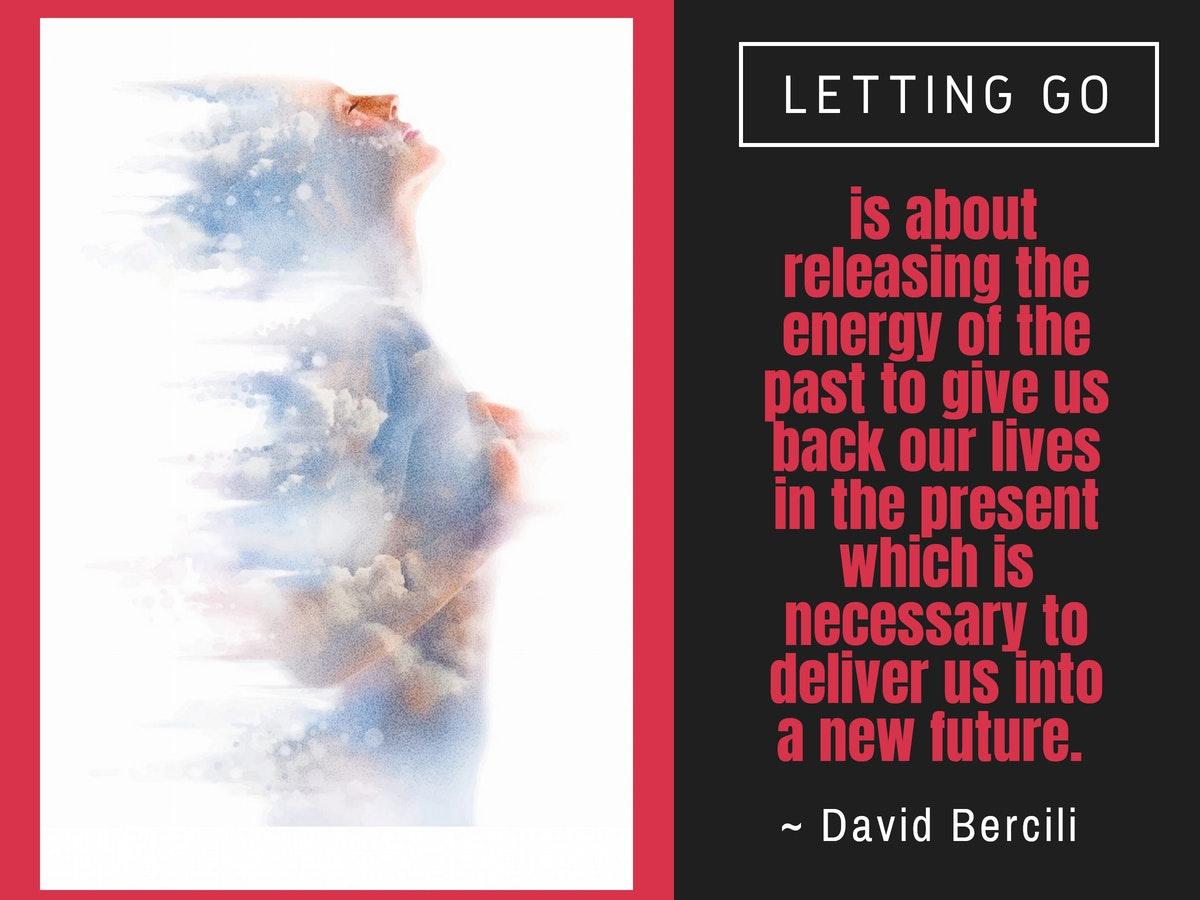Breathwork Healing
We’ve been programmed evolutionarily for fight or flight.
The problem with flight is that we tend to store intense emotions in our bodies.
Author Fiona Scott-Norman recounts what it was like to grow up in England, a culture famous for suppressing feelings:
“My earliest memories are of being told to stop showing off, to be quiet and to not get involved. Self-consciousness is an art form, and displaying enthusiasm, or emotional or physical affection, is simply ‘not done’. It’s entirely possible to go from cradle to grave in England without ever having had a hug.”
Indigenous cultures tended to be much more in tune with their emotions. Take grieving as an example. Considered a natural process that has a significant purpose, they often viewed it as a “rite of passage.”
Men and women would wail for days, wear certain dress, perform song, dance, ceremony, healing breath or go to sacred places to allow the sadness to be exhumed. This could be done alone, within a tribe or with the entire support of one’s community.
Western culture, however, diverts us from fully feeling by telling us to remain stoic or busy, which serves to store our emotions inside our bodies and minds.
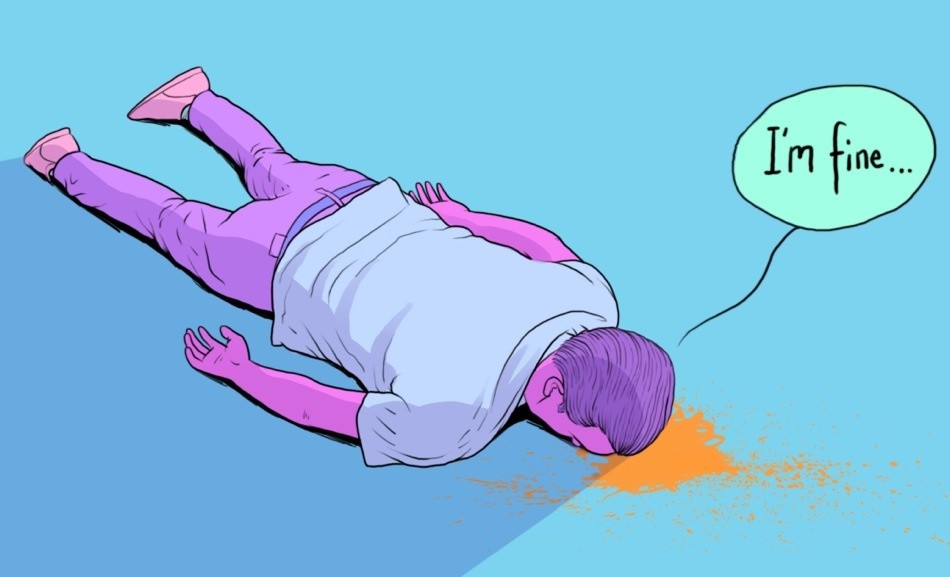
Presently, the collective is experiencing a tumultuous transition as we are moving away from the dominance of yang (masculine energies) and the resurgence of yin (feminine energies). Excess yang, overvaluing logic and overdosing on technology has been morphing us into moving microchips – flat, cold and mechanical, devoid of heart and soul, with no particular reason to live apart from consumption and achievement. The counterbalancing outpouring of feminine energies has seen young people experiencing an epidemic of anxiety and overwhelm, stockpiling collective trauma within their bodies.
Recently, I’ve noticed a trend among women in their early twenties admitting themselves into psych wards, unable to suppress, stifle and stuff their emotions within any longer.
Brene Brown argues that medication attempts to numb our pain but in an effort to shut off terrifying sensations, it also deadens our capacity to feel fully alive. Detachment is a principle Buddhism extols but often it is used as a way of justifying how disembodied we have become. The poet Rainer Maria Rilke cautioned against this when he wrote “I am not one of those who neglect the body in order to make of it a sacrificial offering for the soul, since my soul would thoroughly dislike being served in such a fashion.”
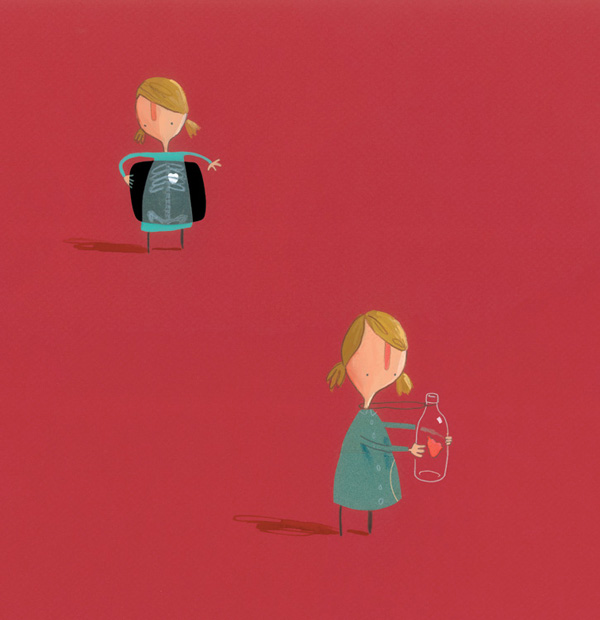
Bessel van der Kolk is a psychiatrist and pioneering PTSD researcher. His research led to the book, The Body Keeps the Score: Brain, Mind, and Body in the Healing of Trauma.
He wrote:
One does not have to be a combat soldier or visit a refugee camp in Syria or the Congo to encounter trauma. Trauma happens to us, our friends, our families, and our neighbours. Research by the Centers for Disease Control and Prevention has shown that one in five Americans was sexually molested as a child; one in four was beaten by a parent to the point of a mark being left on their body; and one in three couples engages in physical violence. A quarter of us grew up with alcoholic relatives, and one out of eight witnessed their mother being beaten or hit.
Being able to feel safe with other people is probably the single most important aspect of mental health; safe connections are fundamental to meaningful and satisfying lives. It takes tremendous energy to keep functioning while carrying the memory of terror, and the shame of utter weakness and vulnerability.
One of the most damaging effects of trauma is that it disrupts our ability to know what we feel — to trust our gut feelings — and this mistrust makes us imagine threats where there aren’t any. This creates a warring relationship with our own bodies. He explains:
If you have a comfortable connection with your inner sensations — if you can trust them to give you accurate information — you will feel in charge of your body, your feelings, and your self.
However, traumatised people chronically feel unsafe inside their bodies: The past is alive in the form of gnawing interior discomfort. Their bodies are constantly bombarded by visceral warning signs, and, in an attempt to control these processes, they often become expert at ignoring their gut feelings and in numbing awareness of what is played out inside. They learn to hide from their selves.
The more people try to push away and ignore internal warning signs, the more likely they are to take over and leave them bewildered, confused, and ashamed. People who cannot comfortably notice what is going on inside become vulnerable to respond to any sensory shift either by shutting down or by going into a panic — they develop a fear of fear itself. Self-regulation depends on having a friendly relationship with your body. Without it, you have to rely on external regulation — from medication, drugs like alcohol, constant reassurance, or compulsive compliance with the wishes of others.
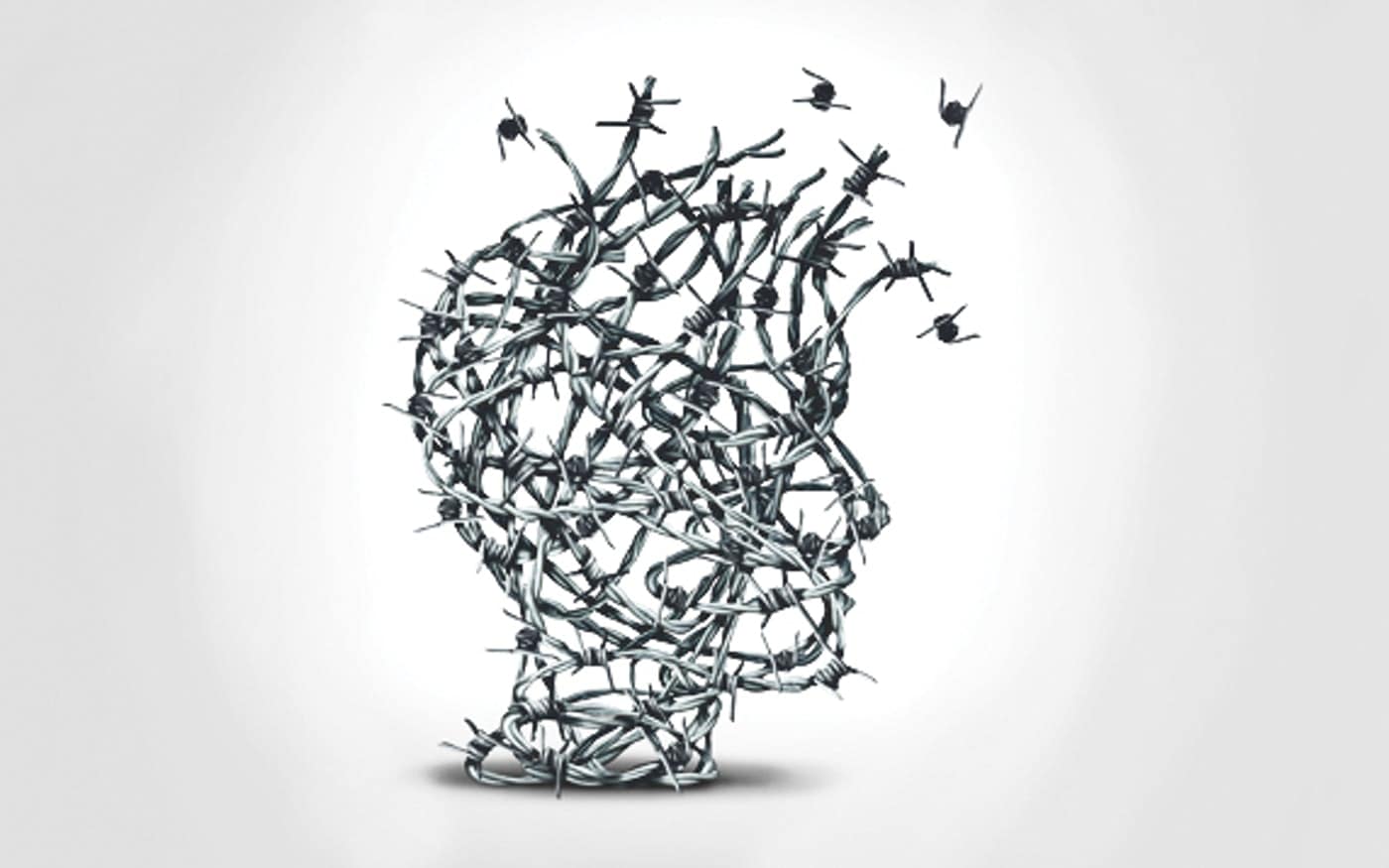
How to Heal Trauma Spiritually
Clarissa Pinkola Estes once said that "Each one of us is a triumvirate being - at once the union of the body, soul, and all that lies within." She argues that the ancient knowings of the body "is not a dumb servant but a divine human traveller and consort.” Our bodies play an integral path back to wholeness.
Unable to reason her way out of crippling depression, Jay Griffiths had to get out of her mind and into her body and senses, leaving England to travel and spend time with indigenous cultures. In her memoir, Wild: An Elemental Journey, she said:
From shamans in the Amazon, I learnt something of how the wastelands of the mind, its dark depressions, could be navigated, and from them, I learnt to see the world through the eyes of a jaguar. From Inuit people in the Arctic, I learnt something of the intricate ice and how all landscape is knowledgescape. From whales and dolphins, I learnt how much we do not know, the octaves of possibilities, the maybes of the mind. From Aboriginal people in Australia, I learnt the belowness of deserts, how land is heavy with significance and how it sings. From West Papuan people, I learnt how freedom is the absolute demand of the human spirit. Everywhere, too, I learnt of songlines, how people who know and love a land can hold it in mind as music.
After decades of research with trauma survivors, Van der Kolk argues that healing begins with befriending our bodies:
Nobody can “treat” a war, or abuse, rape, molestation, or any other horrendous event, for that matter; what has happened cannot be undone. But what can be dealt with are the imprints of the trauma on body, mind, and soul: the crushing sensations in your chest that you may label as anxiety or depression; the fear of losing control; always being on alert for danger or rejection; the self-loathing; the nightmares and flashbacks; the fog that keeps you from staying on task and from engaging fully in what you are doing; being unable to fully open your heart to another human being.
Trauma impedes us from having agency over ourselves and being in charge of our own experience:
The challenge of recovery is to reestablish ownership of your body and your mind — of your self. This means feeling free to know what you know and to feel what you feel without becoming overwhelmed, enraged, ashamed, or collapsed. For most people, this involves (1) finding a way to become calm and focused, (2) learning to maintain that calm in response to images, thoughts, sounds, or physical sensations that remind you of the past, (3) finding a way to be fully alive in the present and engaged with the people around you.
Van der Kolk argues that taking viewing dis-ease purely from the perspective of physiology overlooks a fundamental truth: we have the ability to regulate our own physiology, including some of the so-called involuntary functions of the body and brain, through such basic activities as breathing, moving, and touching.
Breathwork for Healing
When we ignore this quintessential dimension of humanity, we deprive people of ways to heal from trauma and restore their autonomy. Being a patient, rather than a participant in one’s healing process, separates suffering people from their community and alienates them from an inner sense of self.
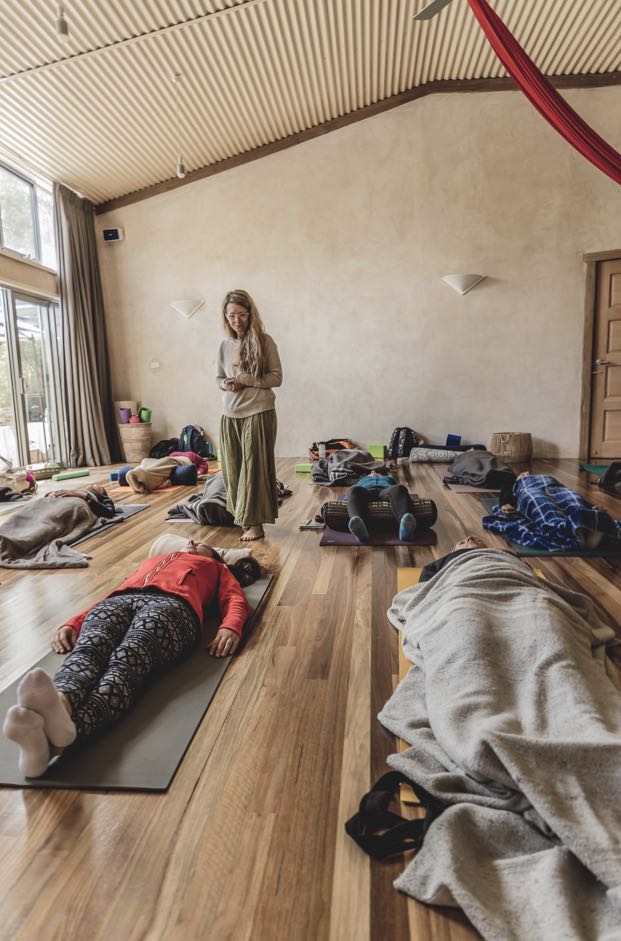
As a breathwork practitioner, I see my role as facilitating you through the process but you are the one breathing, finding the courage to connect and releasing your trauma.
According to Van der Kolk, the most essential aspect of healing is learning to fully inhabit that inner sense of self in all of its dimensions — not only emotional and psychological but bodily.
Breathwork, conscious breathing, rebirthing, holotropic breathwork, there are many names for what is essentially a breathing technique to help us release anxiety, trauma, stress and other blockages. It is one of the most transformative healing modalities that I’ve come across.
As a breathwork therapist, I offer individual sessions, online circles, monthly group circles and also a breathwork retreat for people looking to find greater alignment between body, mind, heart and spirit.
